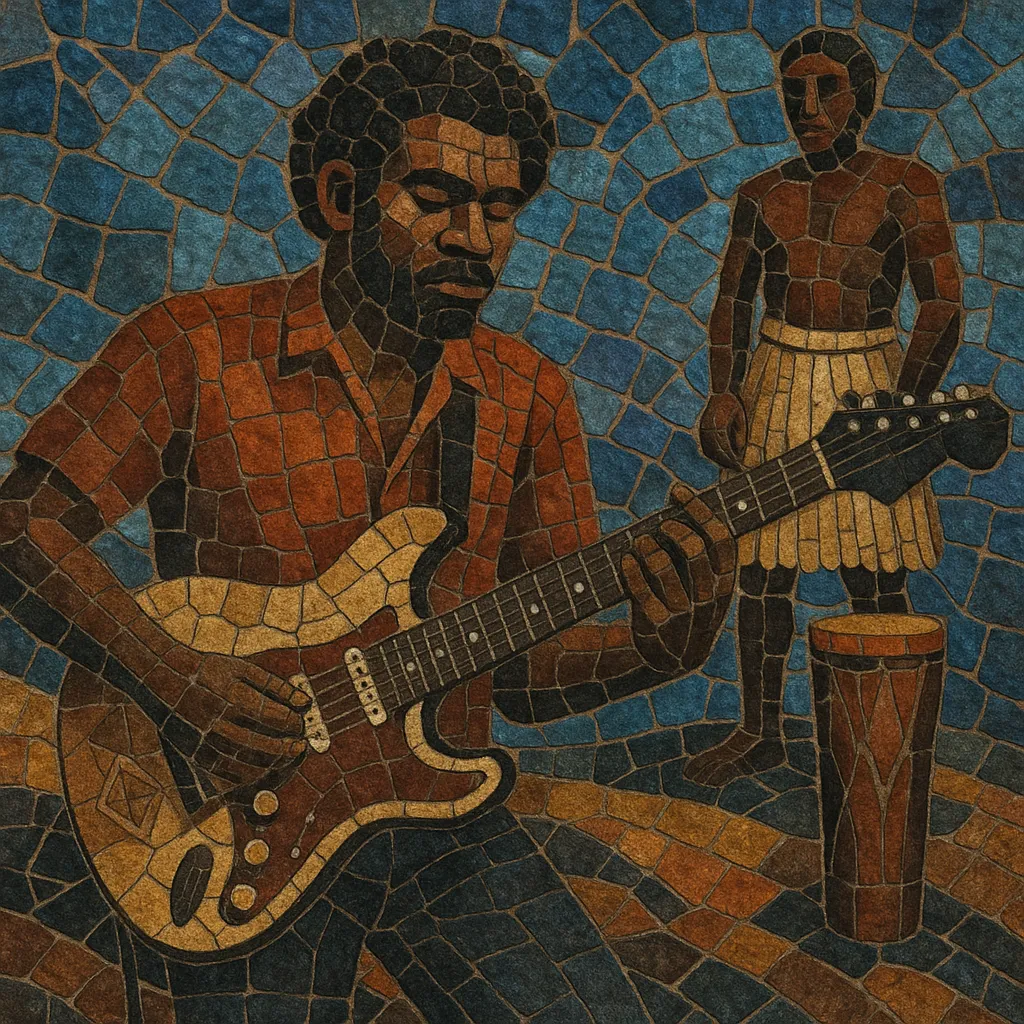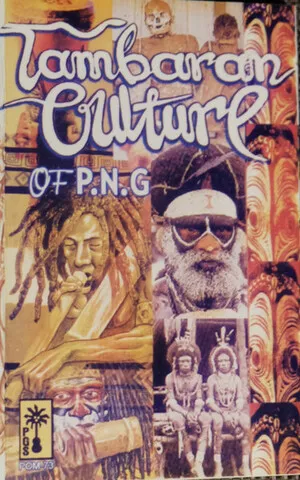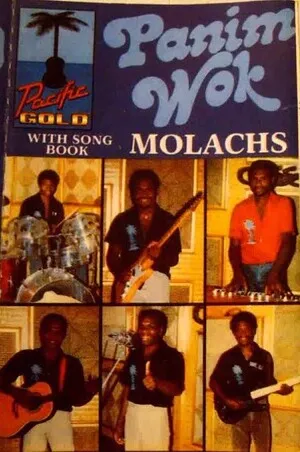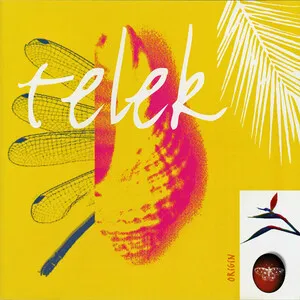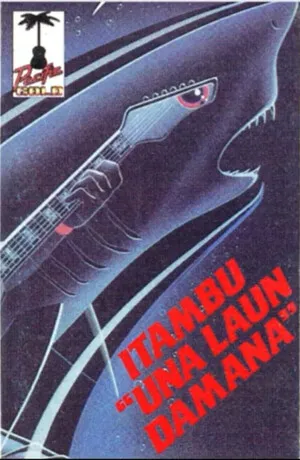Tolai rock is a regional rock style from East New Britain in Papua New Guinea, centered around the Tolai (Gunantuna) people of the Rabaul–Kokopo area.
It blends classic rock song forms and guitar timbres with Melanesian vocal harmony, kundu and garamut-derived rhythmic feels, and occasional reggae backbeats common across the Pacific. Lyrics are often in Kuanua (the Tolai language) and Tok Pisin, celebrating village life, sea and land, kinship, and Tolai identity while also addressing social change.
Typical arrangements feature clean or lightly overdriven electric guitars with interlocking, melodic riffs reminiscent of PNG stringband picking, a steady 4/4 pulse with lifted, danceable grooves, and call-and-response choruses that invite audience participation.
Tolai rock grew out of East New Britain’s hotel/club circuit and village festivities, where amplified bands began electrifying stringband-derived guitar patterns in the late 1970s and early 1980s. Rock records arriving via Australia and the wider Pacific, together with local choral traditions and kundu/garamut rhythmic sensibilities, shaped a distinctly Tolai take on contemporary guitar music.
By the late 1980s, Rabaul had a vibrant live scene. The internationally noted collaboration on Not Drowning, Waving’s Tabaran project (1990), featuring Tolai musicians such as George Telek and drummer Ben Hakalitz, brought the Rabaul sound and Tolai repertoire to overseas audiences. This period consolidated the genre’s sonic palette: melodic interlocking guitars, communal refrains, and a gentle rock/reggae sway suited to dance.
The 1994 eruptions of Tavurvur and Vulcan devastated Rabaul and displaced many musicians. Bands and singers relocated to Kokopo and Port Moresby, keeping the Tolai rock aesthetic alive in new venues and recordings. Despite the upheaval, leading figures continued to record and tour, sustaining the scene’s identity.
In the 2000s and 2010s, releases by Tolai artists, along with heritage projects such as Telek’s collaborations (e.g., A Bit na Ta), documented language, stories, and ceremonial themes within contemporary arrangements. Younger players have adopted home-studio production, adding smoother pop and island-reggae touches while preserving the Tolai melodic/rhythmic core.

